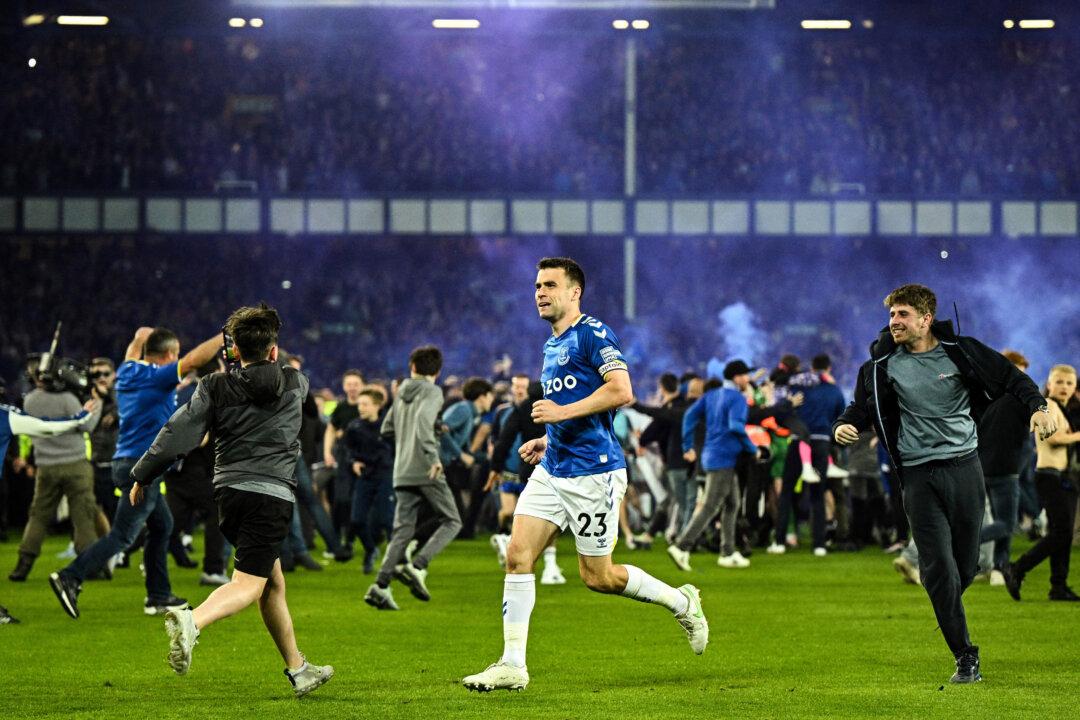English football has experienced a sharp rise in anti-social behaviour and violence following the end of lockdowns, according to government statistics.
There were 2,198 football-related arrests in the 2021–22 season, up 59 percent from the last comparable pre-pandemic period in 2018–19, according to official statistics from the Home Office.





